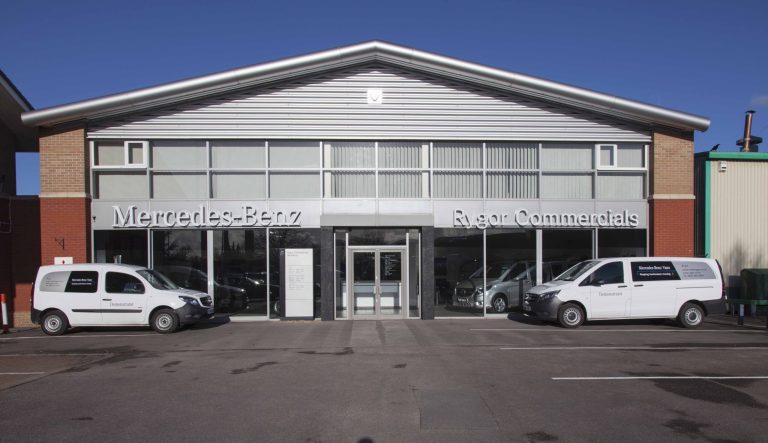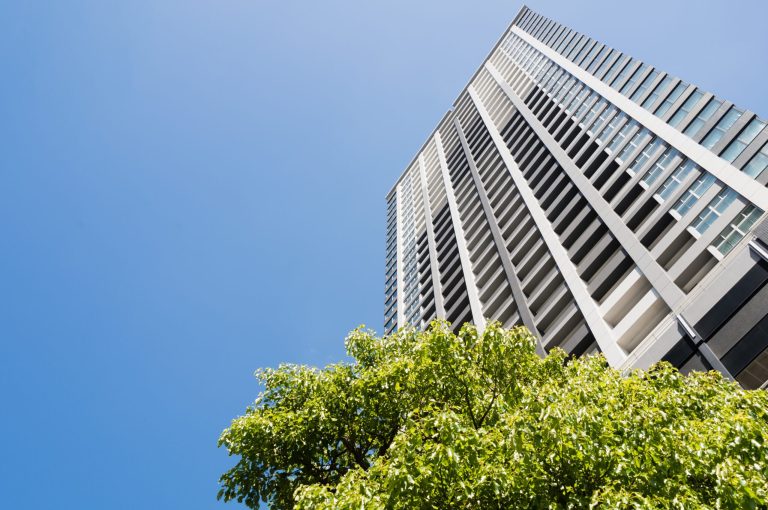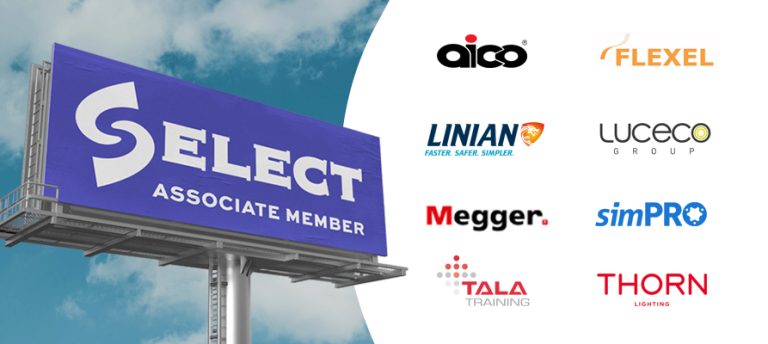Lighting technology upgrade across eight van and truck retail showrooms, using a variety of the latest LED solutions. Operational costs reduced by more than £95,000 over 12 months Carbon reduction of 980 tonnes over the term of the contract Significant positive impact on employee wellbeing Eight commercial retail sites operated by UK Mercedes-Benz dealership Rygor have been equipped with the latest LED lighting systems courtesy of a comprehensive upgrade initiative implemented by Journey Energy Solutions (Journey). Established to help organisations get closer to Net Zero emissions without the burden of up-front capital outlay, Journey designs, installs and maintains carefully tailored, energy-efficient LED lighting systems. The starting point for the recent project was the realisation by the auto dealership that the existing lighting needed to be upgraded in order to reduce operational costs and carbon emissions. The lighting at three sites in particular – Heathrow, Swindon and Westbury – was also increasingly unfit for purpose and subject to frequent costly replacements. But during the course of conversations with the specialist energy solutions company that provided the upgrade, the scope of the scheme was expanded to include eight van and truck retail showrooms: the three aforementioned sites as well as Chilcompton, Kidderminster, Newbury, Nuneaton and Oxford. In terms of choosing a partner to implement the lighting upgrade and provide support post-installation, there were multiple key factors that worked in the favour of Journey. These included the ability to start work immediately, maintain a seamless transition between each site, and work in such a way that any operational disruption was kept to a minimum. For example, to avoid negative impact during installation in the active workshop service areas, advanced notice was given to each service manager so they could schedule work on particular days – ensuring that any possible conflicts were avoided. The outcomes The upgrade programme took three months with each of Rygor’s sites now featuring a complementary blend of the latest LED lighting products. As well as carrying out all the design and installation work, Journey has also been contracted for six years to provide ongoing service and maintenance support – giving further reassurance to the Rygor team and allowing the dealer’s internal technical resources to be directed elsewhere. Whilst the figure could rise further due to a greatly reduced need for replacements and associated maintenance, it is already predicted that Rygor will benefit from an impressive reduction in its carbon emissions of 980 tonnes and an energy cost saving of £648,514 over the term of the contract. This would be a huge step forward for any business at any time, but in the midst of an unpredictable economic cycle and with climate change concerns escalating, it has a truly transformative potential. In addition to the energy savings, the improved quality of the lighting – especially in the most badly affected areas at the sites deemed most urgently in need of an upgrade – has been widely commented upon by employees and visitors. In particular, feedback from personnel who have been employed in the company’s workshops for many years has been very strong, with many pinpointing the much more sympathetic and consistent nature of the lighting. The testimonials In reflecting on the project, Rygor praises the “excellent” nature of the Journey installation teams and the entire experience of collaborating with the company before, during and after the upgrade. Stuart Gemmell, Rygor Group Facilities and Health & Safety Manager, commented: “Our ageing lighting systems didn’t provide the quality of lighting that we required, in particular our workshops were quite gloomy,” he says. “The upgrades have transformed our working environments, making it easier for staff to operate efficiently. The staff are certainly benefiting and the feedback they have provided us with has been extremely positive.” The operational and carbon savings being achieved by the project have impressed the Rygor team on their journey to Net Zero. He added: “It almost goes without saying that we are also delighted with the massive contribution that the new lighting will make to our carbon emissions reduction strategy. In fact, it’s going to be a major milestone on our way to becoming a Net Zero business.” The on-going support offered by Journey will also be beneficial to the business. He finished: “The other really positive aspect is that the partnership is very much ongoing because Journey will be providing long-term support and maintenance. And of course, that means valuable extra peace of mind as we move forward.” To help motor dealers on the path to energy savings and carbon reduction, Journey has launched a free, downloadable guide – ‘The Journey to Net Zero – How to cut costs, save energy and deliver decarbonisation: a guide for motor dealers’. To download the free guide, click here.














